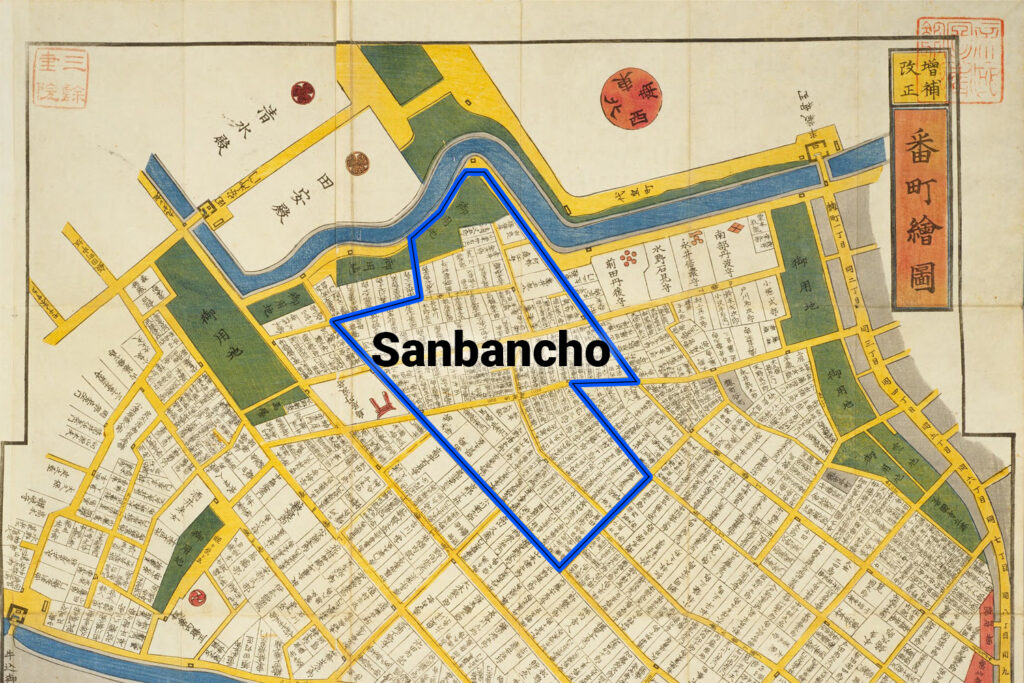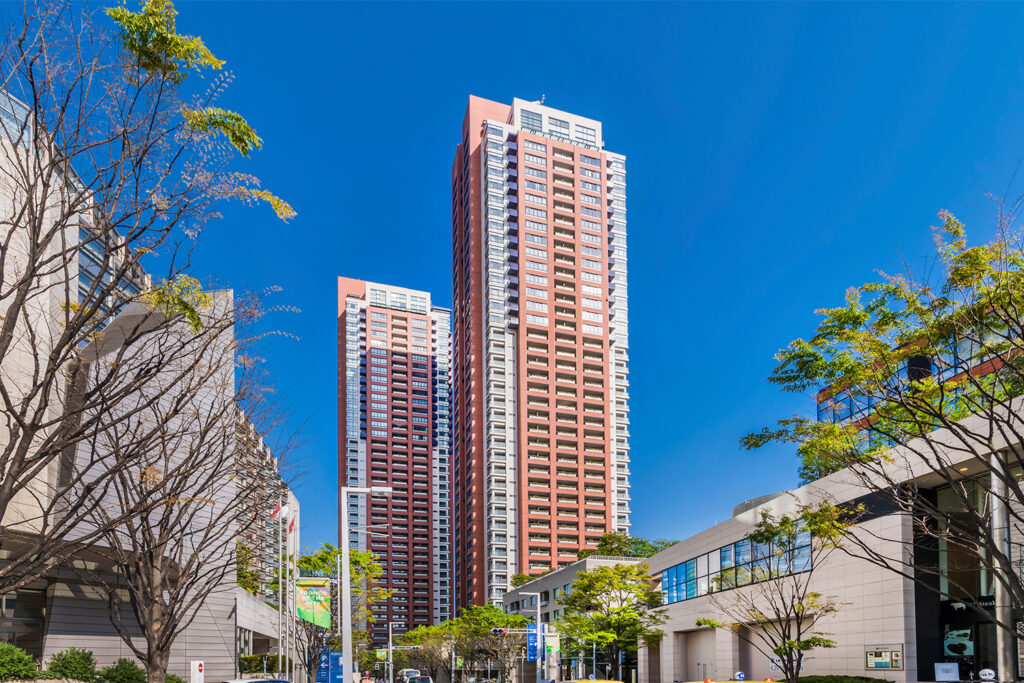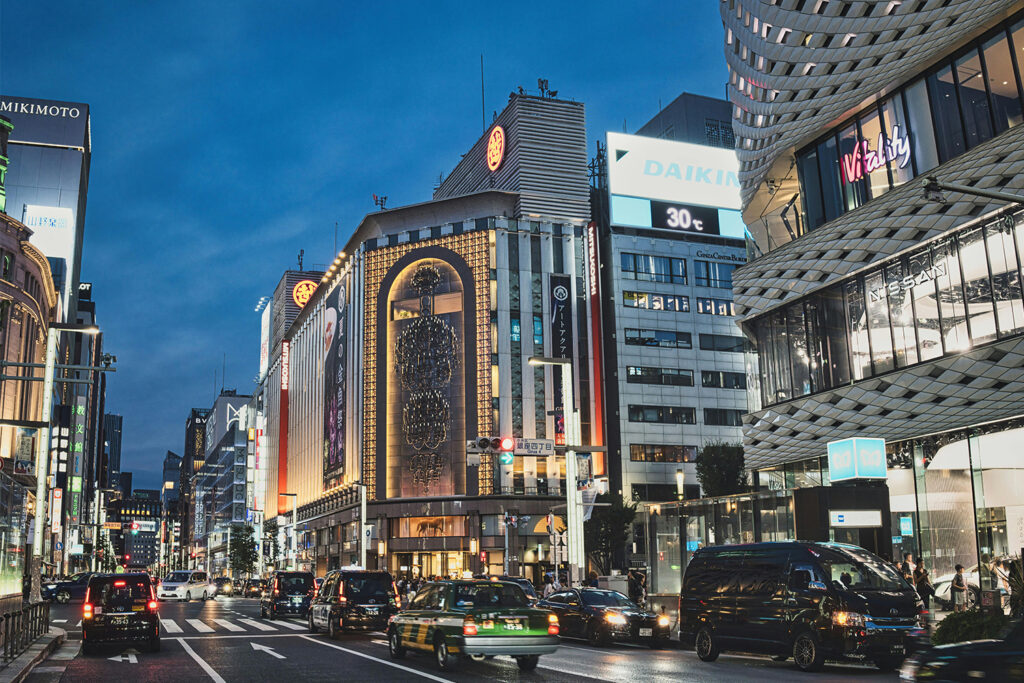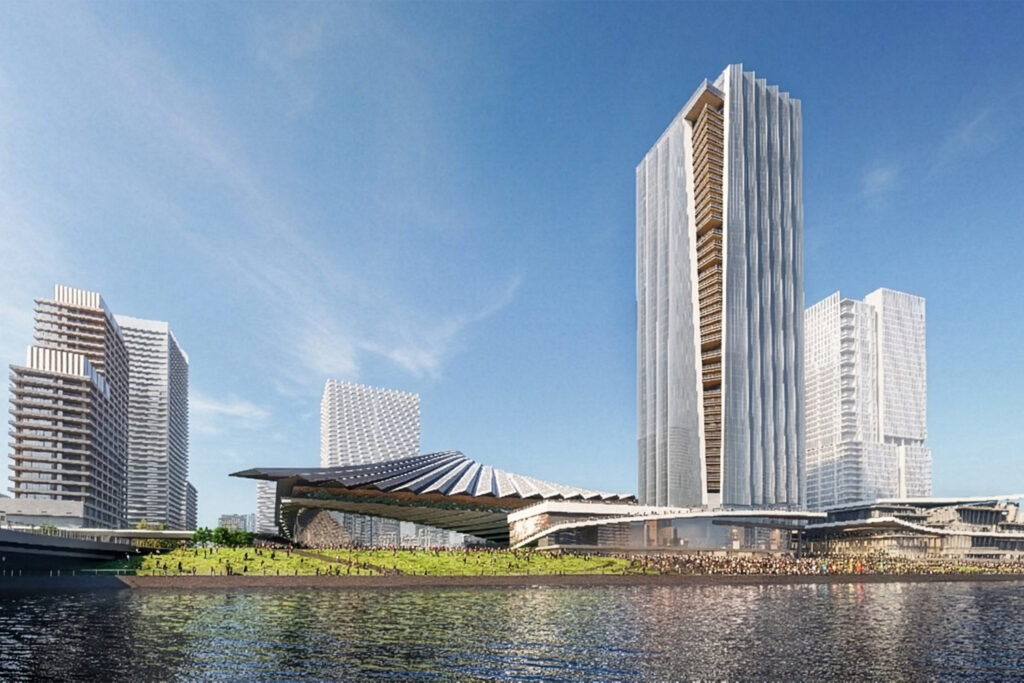Concern is growing about the worsening effects of climate change. As cities around the world face calls to take action, new trends in Tokyo Property are leading the way.

Tokyo is embracing and promoting sustainable living in the city. With the growing impacts of both global climate change and the urban heat effect, Tokyo has realised the importance of creating a sustainable and eco-friendly city, and has pushed forward with plans and initiatives to transform the city’s real estate with more sustainable and greener buildings.
In Tokyo, residential buildings account for around 30% of the city’s CO2 emissions. The use of electricity and city gas account for 90% of that number.
This statistic highlights the positive impact reducing energy consumption in Tokyo homes could have on reducing CO2 emissions. Below we will explore some of the growing eco-friendly housing trends. These are being adopted by residents and owners within the Tokyo Property Market.
New energy-efficient methods in the Tokyo Property Sector
Introduction of solar panels
Solar panels are one type of renewable energy that has been growing in usage and popularity in Japan. In Tokyo the installation of solar panels, particularly on building rooftops, has been steadily increasing. With Japan’s weather and climate, solar power panels are a highly effective form of renewable energy.
The Tokyo Metropolitan Government is a major driver and supporter of solar panels. From April 2025 major housing suppliers will be required to install Solar Panels on all new housing and buildings. [Making Housing More Sustainable, 2023] The TMG is also implementing subsidy projects for owners that install storage batteries within the home and for owners that install Solar Panels, for Solar Power Generation.
These initiatives by the TMG are also supporting one of its other major policies. They want to see an expansion of Zero emission buildings. Buildings that consume less energy than their own production of renewable energy. [Sustainable Architecture in Tokyo, 2022]
Changes in architecture towards “passive housing”
Another growing trend for the architecture of eco-friendly housing is the move towards ‘passive housing’. Passive houses have a major focus on the layout of the house and how nature interacts with the house itself. This includes the interaction of sunlight, shade and wind, with the house. This approach allows for a growing independence away from energy consuming lighting, heating and cooling systems. [Sustainable Architecture in Tokyo, 2022]
Tokyo Property: Using smart home technology
There is also a growing trend in Tokyo of using smart home technology. Smart Homes are homes in which lighting, heating, and other electronic devices can all be controlled and monitored remotely from a single device. Users of Smart appliances can create their own schedules for the usage of certain appliances and in some cases through advanced sensors smart appliances have the capabilities to learn people’s routines and schedules, allowing for their energy use to be the most cost and energy efficient.
Move towards the use of LED lighting in the home
The move towards using LED lighting in buildings and homes is another leading trend . LED lights are far more energy-efficient and environmentally friendly than other lighting options. Some reports suggesting that one LED bulb compared to one incandescent bulb and one CFL bulb, all producing the same amount of brightness, emits 80% less greenhouse gases than the incandescent bulb and 50% less greenhouse gases than the CFL bulb. [Why are LED’s better for the environment?, 2021] One factor driving this trend is the Tokyo Metropolitan Government’s Tokyo Zero Emission Points, in which points gained from switching high energy consuming appliances such as refrigerators and air conditioners, to higher energy efficient ones, can be exchanged for either gift certificates or LED light bulb coupons.
Tokyo Property embracing green roofs
One growing eco-friendly and sustainable building trend is the introduction of Green Roofs, rooftops covered in vegetation. While improving the visual aspect of the buildings they also provide some practical advantages too.
One of the advantages of green roofs is the layer of vegetation acts as a thermal insulator for the building. This can help to reduce energy consumption and greenhouse gas emissions, as it reduces the need for heating and cooling systems. While improving the efficiency of the home, green roofs are also key in mitigating the impacts of the urban heat island effect.
The urban heat island effect occurs in cities with high concentrations of buildings and roads which trap heat and release it slowly, causing the temperature within the city to be a lot higher than surrounding areas. Green roofs mitigate the impact of this by absorbing some of the heat from the sun and providing shade for the building. A study done in 2004 showed green roofs could lower the surface temperature of a building by 25 degrees Celsius and could lower the ceiling temperature by 1 to 3 degrees Celsius. [Nature Conservation ordinance is Greening Tokyo’s Buildings, 2015]
Vertical Gardens
Similar to green roofs vertical gardens also act as natural thermal insulators for buildings by absorbing heat in the summer and providing an extra barrier to heat loss in the winter, reducing the need for high energy consuming heating and cooling systems. These vertical gardens also help to improve air quality and reduce the pollution in the air. Through the process of photosynthesis, these gardens can absorb some of the CO2 in the air and replace it with oxygen. The vertical gardens can also provide habitats for wildlife, such as birds and insects.

Driving this Eco-friendly Change
All of these changes are being embraced by Tokyo residents and developers alike. The majority of these eco-friendly building trends follow along and support the goals of the Tokyo Metropolitan Government. The TMG has been a major driving force in promoting environmental action and change to foster environmental sustainability in Tokyo Property.
- By 2030 TMG are aiming to have a 50% reduction in the level of greenhouse gas emissions from the level recorded in 2000.
- They are also aiming to have a 50% reduction in the level of energy consumption usage from the level recorded in 2000.
- And they are aiming to have 50% of their electricity use from renewable energy by the same year.
These targets set by the Tokyo Metropolitan Government highlight the growing importance of sustainability in the city. As residential homes and buildings contribute significantly to the carbon emissions of Tokyo. It is becoming a greater priority for households to reduce their energy consumption efficiently.
The trends highlight some of the ways that Tokyo residents have been able to embrace this need for climate action. By using cutting edge technology and considered design, while also improving the standard of living for residents across the city. These growing trends not only help the environment, but they also allow Tokyo itself to become a more sustainable city. With the current trends and future initiatives, it is likely that Tokyo will become a global leader in sustainability.
Check out more related Articles here
- Guide to Buying a Home in Japan
- Yen Loan Calculator For Buying A House In Japan
- Tokyo Property Taxes and Fees
- Fees and Taxes of Selling Your Home in Japan
- How Expats Can Obtain Real Estate Investment Loan In Japan
- More Real Estate resources here
What Next?
At Housing Japan, we specialise in buying, selling, and managing residential luxury real estate. Whether you are a local resident or simply seeking a second home or temporary residence for business trips, we have you covered. Our one-stop service includes expert management services, so you can sit back and relax knowing that everything is taken care of. Whether you are looking for a luxurious living experience or an investment opportunity, we are here to help you every step of the way.












